Did you take the time to read every single advertisement the last time you flipped through a magazine?
I’m willing to bet the answer is no. You only read the advertisements that caught your eye, right?
When a company purchases an ad in a magazine with a large readership, they’re paying for that readership, regardless of whether or not anyone actually notices the ad.
But advertising online is different. You can avoid wasting thousands on ads that never convert by paying when consumers engage with your ad instead.
It’s about advertising in the right place, at the right time.
And saying the right things to the right people.
As you can see, a lot of preparation goes into running the ideal ad. But play your cards right, and your ads will make you money, instead of cost you money.
In this guide, we’ll take a closer look at the basics of performance-based marketing. Then, we’ll take an even closer look at the ways you can elevate your campaign to the next level.
The five types of performance-based marketing
If you block ads, you are somewhat special.
After all, only 11% of us block ads on our devices, according to research from PageFair.
But before you celebrate, you should know: you are quickly becoming somewhat less special.
According to the same study, ad blocking around the world grew by 30% in 2016.
All this to say that ad blocking is on the rise. And the last thing you want is to pay to run an ad that winds up getting blocked.
That’s where performance-based marketing comes in. In this type of marketing, you purchase ad space and pay only when someone reacts to your ad.
The reaction you purchase is up to you.
Generally, there are five types of consumer reactions you can choose to pay for:
- Impressions
- Clicks
- Engagements
- Leads
- Sales
Are you using this ad to net traffic for your website?
If that’s the case, clicks are what you’re after. However, be sure to exercise caution here–the cost of a click can get pretty steep, depending on the industry.
In Google AdWords, your final CPC will be determined by your ad’s Quality Score, your maximum CPC bid, and your Ad Rank.
Ad Rank is used to decide where the ad appears and what other ad formats will show with the ad.
The calculation for Ad Rank can get a little complicated.
It’s essentially a mixture of your max bid and Quality Score, relative to the other competitors for those same positions.
Use this chart from WordStream to evaluate whether you’re paying too much for each click, based on the average CPC for your industry.
Like I said, though, clicks are only one type of reaction you can purchase. There are still four others to choose from.
So which should you aim for? This article from LinkedIn can help guide your decision based on which stage of the buyer’s journey you want the campaign to focus on.
Each step of the funnel can be aligned to a different performance-based metric.
For example, if you’re trying to get more site visits, you’d optimize Cost Per Click.
But if you’re trying to maximize new leads, Cost Per Lead becomes a more appropriate metric to measure.
And if you’re paying a fixed cost per sale, you’re only paying when you get paid. Of course, keep in mind that a sale will cost you far more than a single impression will.
You can expect to pay more for each action the lower down the funnel you get.
So if the multitude of options in performance-based marketing is the good news, what’s the bad news?
Actually, there isn’t any bad news. Done right, performance-based marketing is nothing but profitable and user-friendly.
Why? For one thing, performance-based marketing makes it easy to track your results.
You can easily track how much you’re spending and what you’re getting in return because there’s a concrete action you’re measuring.
In AdWords, you can find this list right off your homepage:
From here, you can get instant data on your clicks, impressions, or even your conversions.
You’ll reach more consumers than ever before with performance-based marketing.
Take Google AdWords, for example. With this tool, you’re purchasing an entire army of websites promoting your products, services, and brand.
Your ad won’t just appear on Google Search Engine Results Pages (SERPs). It could appear on any relevant website in the Google Display Network (GDN).
Just take a look at Seeking Alpha, a website for investors that participates in the GDN. You can see that an ad for Panorama9 appears in a designated space on the right of the homepage.
Run an ad through AdWords, and you too could see your ad appear on a site your target audience likes to visit.
I’ve created a whole host of resources on how to launch an AdWords campaign and how to launch a Facebook Ads campaign.
But if this isn’t your first rodeo, you probably have the basics down. You’re ready to go pro.
So let’s get started. Have a go at these six strategies to help you win the performance-based marketing game.
1. Make your segments even smaller
The more specific your audience, the more specific your ad can be. The more specific your ad is, the more relevant it is to your audience.
Facebook Ads makes segmentation easy with custom audiences.
Consider what kinds of customers may be close to the bottom of the funnel. Then, close the deal with an ad that’s expertly tailored for them.
One thing you might choose to do is upload a list of potential leads. For example, this could include subscribers to your newsletter.
You can do that as soon as you choose to create a custom audience:
Or, you may choose to target consumers based on demographics. With Facebook Ads, you can go far beyond age, gender, and location.
For example, you may choose to show your ad for expensive cooking supplies only to the people who would be interested in making a purchase. In this example, those people might be chefs:
You can also run an ad to follow up on the last video you posted on Facebook. If the video presents a problem, your next ad could present a potential solution found on your site:
Finally, turn on-the-fence customers into leads by bringing them back to your website. Target users who have been to your website before but didn’t fill out your form or give you their email the first time.
No ad is one-size-fits-all. With Facebook custom audiences, you can say just what your customers need to hear, no matter which stage of the buyer’s journey they’re in.
2. Opt for the SKAG
Less is more in AdWords.
It’s tempting to over-complicate the number of keywords you’re adding to each ad group. However, it only ends up backfiring in the end.
You should be using single keyword ad groups (SKAGs).
The more keywords you choose, the more SERPs you’re asking Google to put you on. Choose 20, and you’ll have to work a whole bunch of keywords into your ad copy.
And when that inevitably hurts your rankings, your Quality Score won’t look so good.
Just ask Clicteq. In a recent study, the company compared SKAGs to bigger ad groups.
Their first finding was that SKAGs improved Quality Score from 5.56 to 7.95
Their second finding showed SKAGs increased CTR by 28.1 % (from 3.85% to 4.93%.)
SKAGs outperform the competition across the board. So, as tempting as it is to hold out hope that you’ll rank first for 20 different keywords, do your best to stick to one keyword per ad.
3. Master the art and science of writing headlines
There are plenty tried-and-true tactics that will never fail you. That holds true whether you’re writing a headline for an ad or an article.
The first step is to be yourself. This is good advice for a first date. But it’s even better advice for writing your headline.
By “be yourself,” I mean incorporate a unique rationale into your headline.
Think about why you would want to read this article. And then, convey that to others with your headline.
These articles were shared thousands of times on Facebook.
Why? The headlines provided that rationale. They gave readers a reason to click.
“Simple ways to start a small business” is a perfect example. Anyone who’s ever even thought of starting a small business would probably go for the click.
Things I wish somebody had told me about starting a small business? Immediately, I’m wondering if anyone’s ever told me those things.
Take risks with your headline. If it doesn’t pay off, that’s OK. You can easily evaluate whether it’s working by A/B testing different headlines.
4. Go beyond Google and Facebook
You’re probably advertising on Google and Facebook for the same reasons everyone else is.
They’re popular. Everyone else is doing it.
But by taking some time to explore smaller niche networks, you can find platforms where your ads will generate an even better ROI.
This study from Pew Research Center gives data on the demographics for a variety of social media platforms.
Are you targeting professionals who make more than $75K a year? It just so happens that LinkedIn is the perfect place to reach them:
Use the Pew Research Center study and others like it to find the networks your target demographic spends their five years and four months on.
Another way you can do this is by using BuzzSumo to spy on your competitors. Find out where their resources are being shared the most and which of their headlines performed the best.
Just type your competitor’s URL into the search bar, for example: www.theonion.com.
And presto! It really is just that easy. From here, you can view your competitor’s articles and see how much engagement each article got on different social media platforms.
In this example, The Onion’s top article got the most social media shares on Facebook.
However, if they’re your competitor, you may also consider advertising on the other platforms the article performed well on like Twitter or even Pinterest.
Find the best place to advertise before pouring your hard-earned dollars into poorly-placed campaigns.
And while you have BuzzSumo open, keep up the espionage.
You can click the “view sharers” button to find out whose shares were the most helpful for this company, and who you should consider asking to share your content.
A list like this will appear:
See any celebrities on the list? They may be getting paid to share this content. Reach out to them, and you’ll reach their massive following.
5. Buy the best times
You’re not asking people to look at your ad for the heck of it. You want to bring them to your website and eventually convince them to convert.
In essence, you want them to take action.
The thing is, someone who sees your ad at noon may be more likely to click than someone who sees it at midnight or vice versa.
If you know which ad times result in the highest CTR, you can use bid multipliers to buy yourself those times.
Here’s how it works.
Access the campaign you want to adjust in AdWords. To start, click on the Campaigns tab.
Next, click on the link for your campaign.
Your next step is to click on the Dimensions tab.
Go to the View drop-down menu, then select Time. After that, focus in on a precise time interval–”Day of the week,” or even “Hour of day.”
Here, you can access all sorts of data on the hourly metrics of your campaign. How many people are clicking on your ad at 12 am? 12 pm?
Look through multiple days or weeks to confirm that the patterns you’re finding are consistent.
Now that you’ve decided when you want to run your ad, it’s time to set your schedule. Go to the Settings tab, then select Ad schedule.
Scroll down past the line graph so you can click on the red “+AD SCHEDULE” button.
On this page, you can add new time intervals or remove time intervals with lower CTRs.
Scroll down to the next table. Here, you can set bid adjustments for specific time intervals.
In other words, you can increase your bid amount for your campaign’s best-performing times.
Under the “Bid adj.” column, click on the number or dashes listed.
Now, you can enter one or multiple bid adjustments.
Keep track of how your campaign is performing with the new adjustments to evaluate whether it needs further tweaking.
6. Use Remarketing Lists for Search Ads (RLSAs)
Who ever said you shouldn’t bid on broad terms?
In certain circumstances, bidding on popular terms or competitor names could be a really good idea.
I say “could be” because do it wrong, and it will be a really bad idea.
You won’t get clicks. Your Quality Score will sink like a rock. And your budget will be squandered.
But you can do this right by using Remarketing Lists for Search Ads (RLSAs).
RLSAs allow you to rank for those broad terms, but only for consumers that you are remarketing to. Your ad will appear for users who have visited your site in the past.
That means you can bid on big, broad terms to maximize your ad reach. However, you’re protected from wasting money because they’re only running for previous visitors.
In a lot of ways, using RLSAs are similar to using a Facebook Ads custom audience. You can choose to run ads that are ultra-specific and build upon ads you’ve run in the past.
In this example from Wordstream, you’ll see a Headstream ad that appeared only for customers who read the agency’s whitepaper:
RLSAs work incredibly well when you want to rank for a competitor’s name. People who have been comparing you and your competitor will end up seeing your ad first, even when they search your competitor.
It’s a sneaky way to get a leg up on the competition.
Conclusion
Ever heard the phrase “you get what you pay for”?
When someone says that about your used car, it probably isn’t a good thing.
But when it comes to performance-based marketing, it’s a great thing! You will always get what you pay for–whether that’s impressions, clicks, engagements, leads, or sales.
It won’t be the same for every ad. If your newest ad is all about raising awareness, impressions and clicks will be your goal, not leads and sales.
On the flip-side, there’s no point paying for impressions if the goal of your ad is to sell something today.
Choose the right payment plan for your latest campaign, and then hack your strategy to get the ever-coveted “bang for your buck.”
Try using custom audiences, SKAGs, catchy headlines, niche advertising platforms, bid multipliers, and RLSAs to go from student to master.
What tactics do you use to optimize your performance-based marketing campaigns?

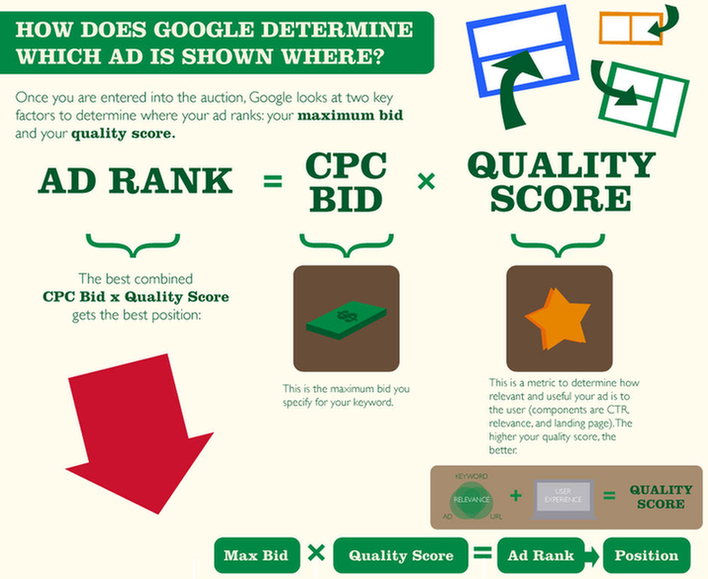
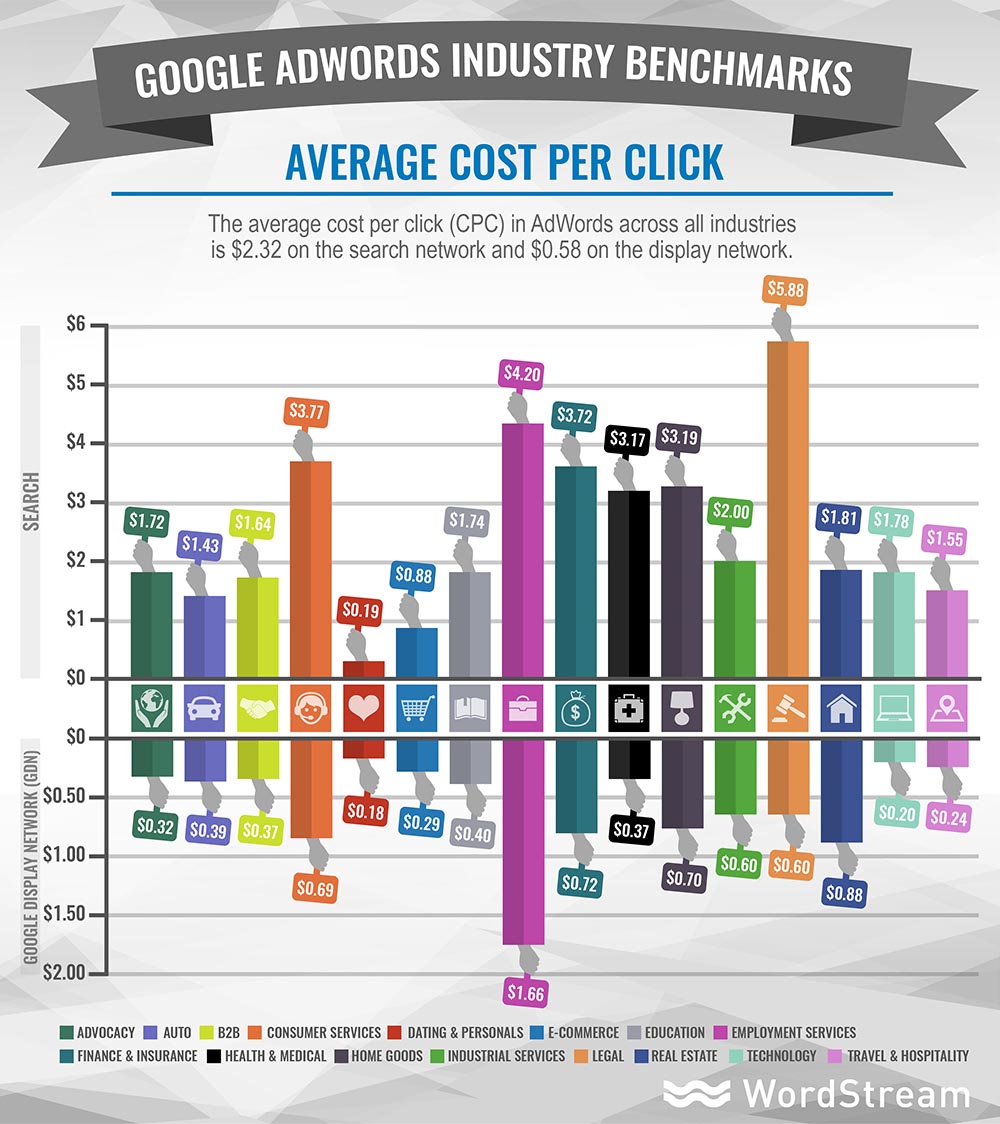
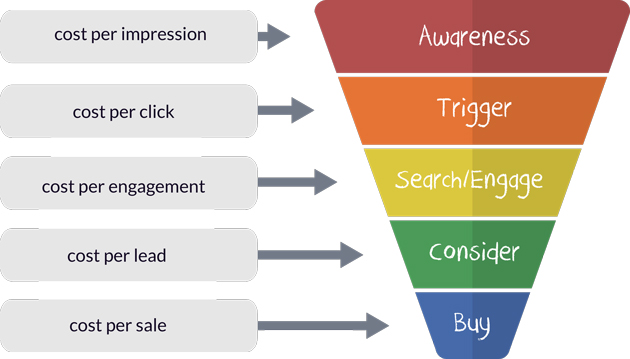

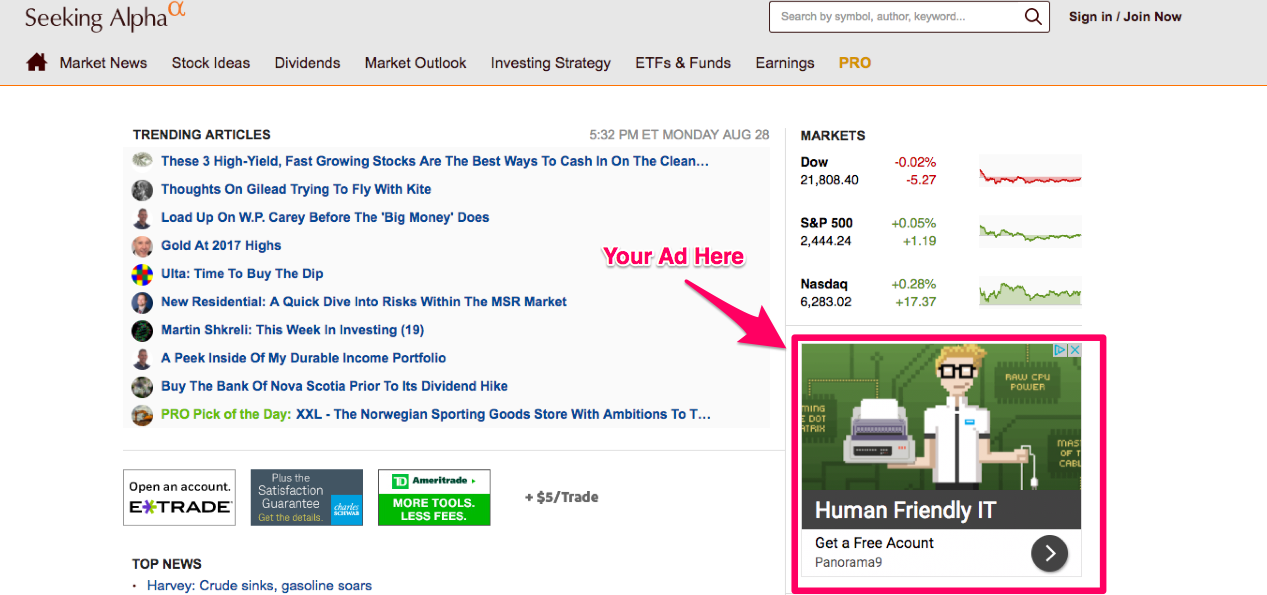
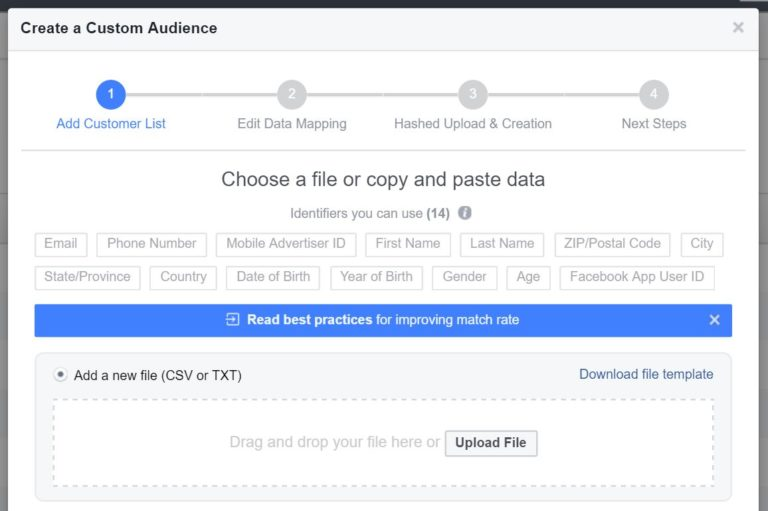
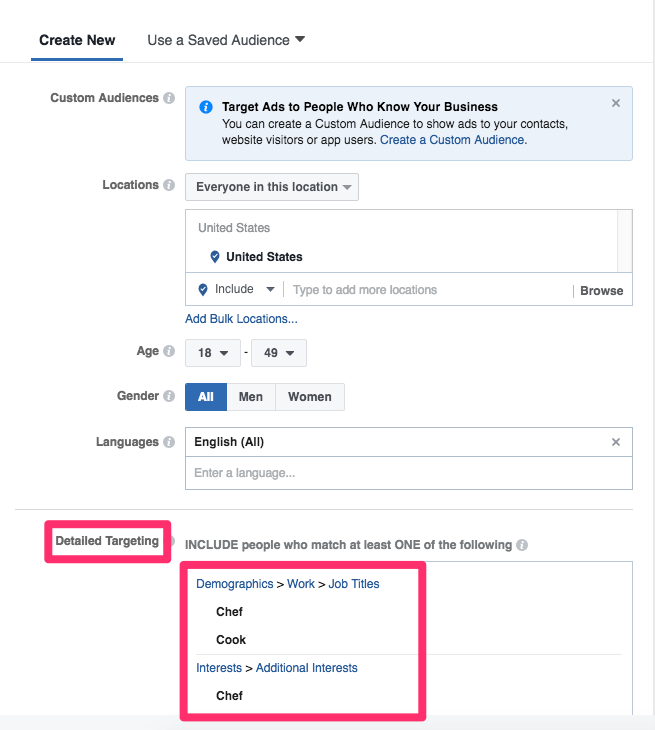
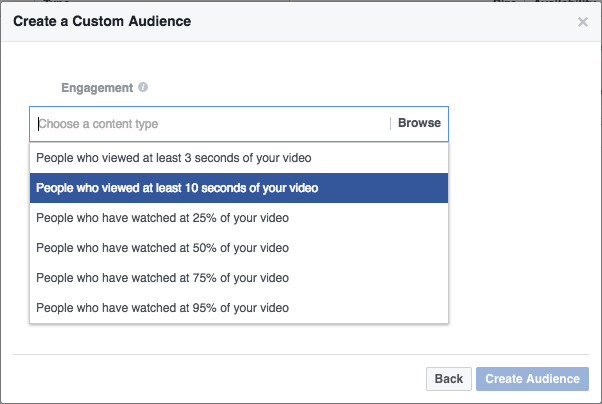
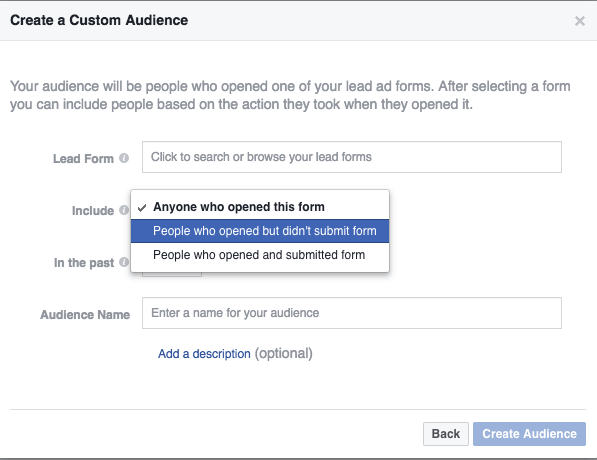


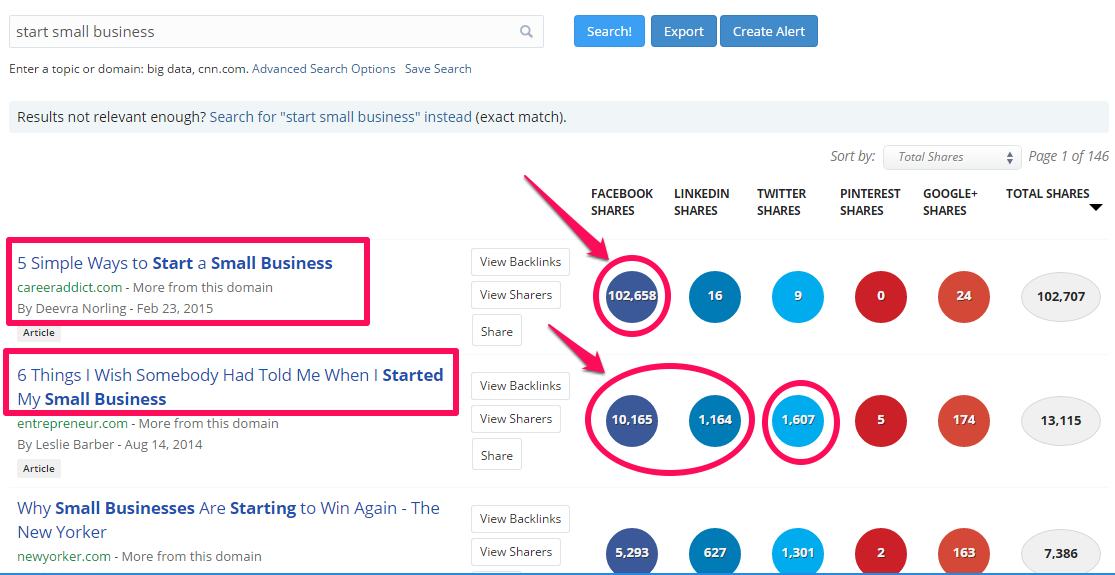
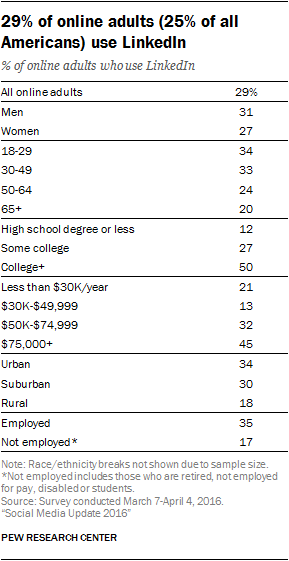



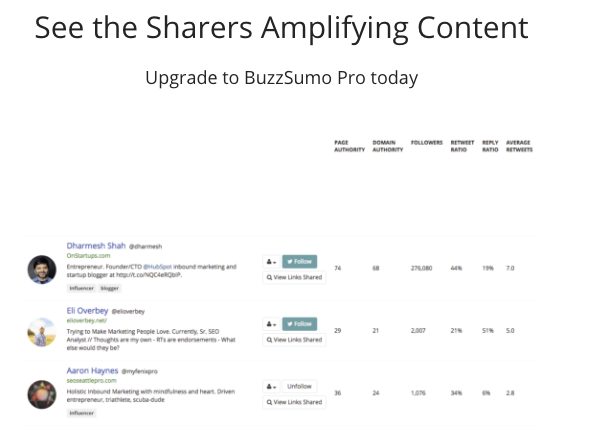

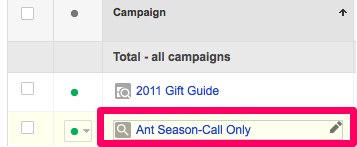

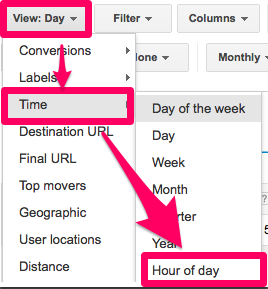
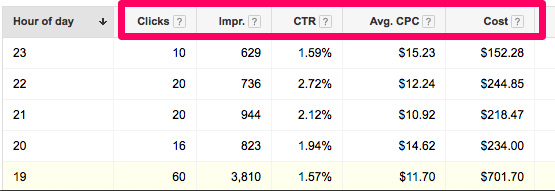


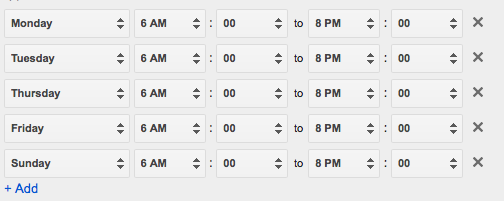
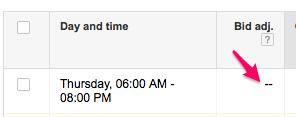
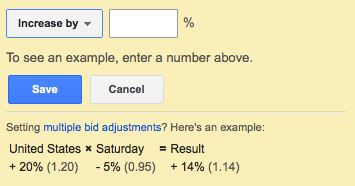
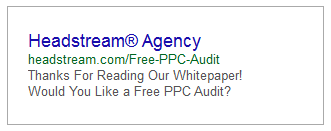
Comments (6)